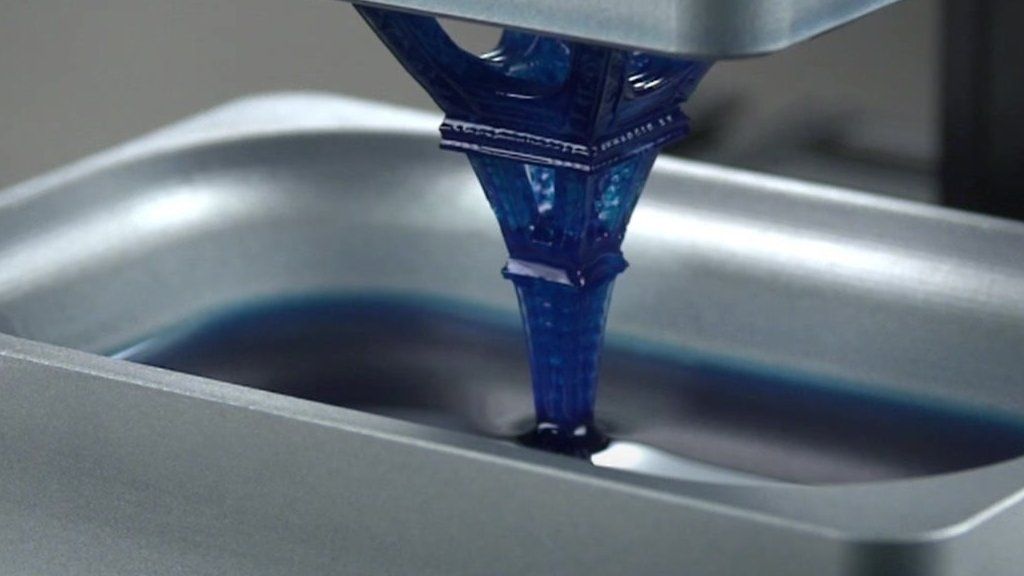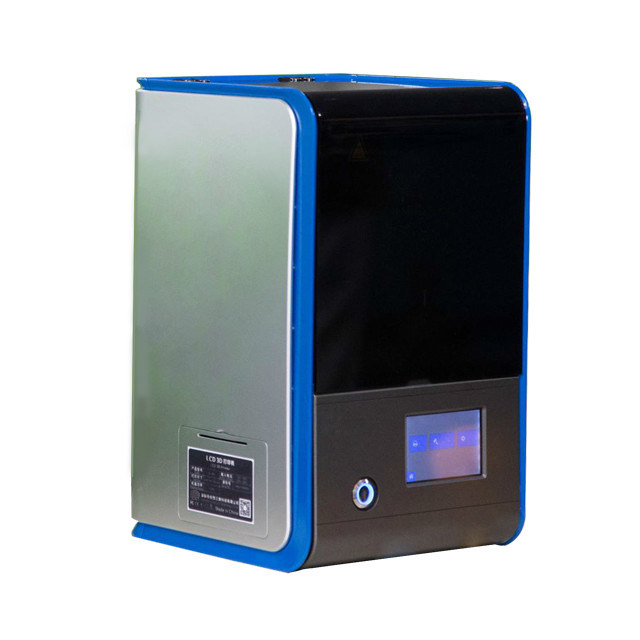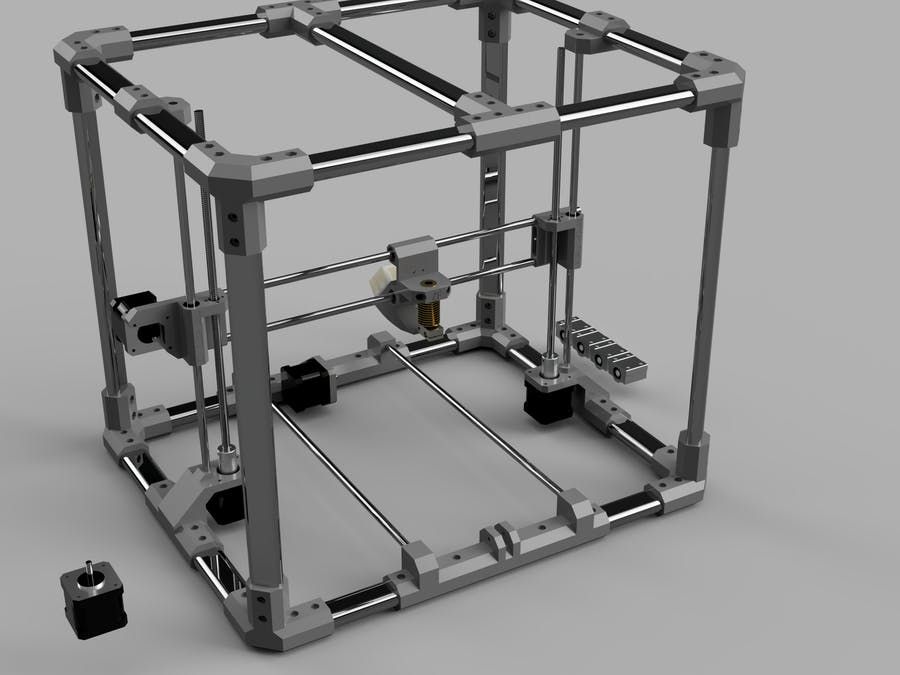Solar powered 3d printer
Students build solar-powered 3D printer for Colombian community
0Shares
Last week, engineering students and faculty from the Rochester Institute of Technology (RIT) New York, traveled to Cali, Colombia to hand over their newly developed solar-powered 3D printing system.
The team worked with students and faculty from the Universidad Autónoma de Occidente (UAO) to create a 3D printer powered by a unit harnessing multiple energy sources within developing areas. Both universities hope that this project can help at-risk youths in Cali develop valuable skills in additive manufacturing.
RIT Students and Universidad Autónoma de Occidente Professor Alvaro Rojas set up the solar-powered 3D printer. Photo via RITReliable 3D printing technology
This project is part of the Multidisciplinary Senior Design (MSD) program, a two-semester senior course that integrates engineering theory and practices within a collaborative environment.
Six RIT electrical, industrial and mechanical engineering students along with the UAO team conceptualized the idea for a 3D printing system that could remain fully operational at all times.
“The goal is to implement this printing system in Colombia because their electricity isn’t that reliable and because 3D printers need a constant flow of electricity to function,” said Joshua Cohen, a fifth-year RIT engineering student, who worked on the project.
“Having those backup power sources like the solar panels or the battery or also being able to plug into the grid are all things that will keep this printer up and running in the community.”
The UAO team also took on the task of recycling plastic bottles as reinforcement for 3D printer filament.
RIT and the Universidad Autónoma de Occidente team set up their solar-powered 3D printer in Colombia. Photo via RIT.An academic agreement
This project is the first successful step in an agreement made by RIT and UAO several months ago. The agreement intends to develop student and faculty research relations focused on international product design theory and commercialization for developing economies. Both universities share a common objective to broaden regional economies through international collaboration from students.
The project was led by RIT Associate Professor, Marcos Esterman, and his former student Alvaro Rojas Arciniegas.
3D printing in developing countries
3D printing has served multiple areas within developing countries. Sandia National Laboratories designed a set of solar power receivers from 3D printing to use in Indian villages as a cost-effective, non-polluting power source.
U.S non-profit, Field Ready, 3D printed medical supplies in remote regions of Nepal to aid earthquake victims.
3D printing using recycled plastic has also benefited developing countries such as the Solomon Islands, where members of an Australian university used wasted plastic to 3D print parts of water pipes.
Following the success of RIT’s solar-powered 3D printing system, Esterman hopes to expand the partnership with UAO into a series of academic programs that will allow students from both universities to gain design and development experience.
For all the latest stories on 3D printing innovations subscribe to the 3D Printing Industry newsletter, follow us on Twitter and like us on Facebook.
Looking to advance your career in additive manufacturing? Sign up to 3D Printing Jobs here.
Featured image shows RIT and the Universidad Autónoma de Occidente team set up their solar-powered 3D printer in Colombia. Photo via RIT.
Tags Alvaro Rojas Field Ready Marcos Esterman Rochester Institute of Technology Sandia National Laboratories Universidad Autónoma de Occidente
Tia Vialva
Tia holds a BA in journalism, and has a background in writing news and features and is a senior journalist at 3D printing industry.
Researchers From Stanford University Introduce New 3D Printed Solar Panels
3D printing news News Researchers From Stanford University Introduce New 3D Printed Solar Panels
Published on August 4, 2022 by Clemens M.
Scientists from Stanford University in California recently developed a new, 3D-printed optical concentrator for solar panels. This pyramid-shaped lens device called Axially Graded Index Lens (AGILE) was designed by engineering researcher Nina Vaidya and is able to increase the capacity of power collected by a solar panel.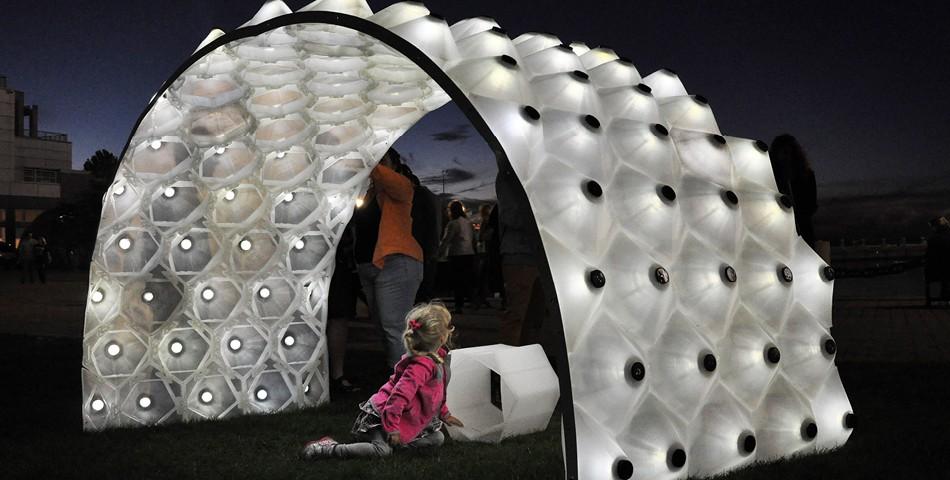 All while reducing its production cost and making the process more practical.
All while reducing its production cost and making the process more practical.
As many people these days are becoming more and more aware of the problematic state of the planet, the demand for eco-friendly energy sources is higher than ever before. Those who are interested in switching to such alternatives are already presented with a variety of different options. Solar energy, for example, is probably one of the best-known eco-friendly new sources of energy that has been around for quite a while now. And although it is, without a doubt, a good option, its technologies still leave a lot of room for improvement and innovation. One new invention that could revolutionize the way solar energy is collected, was recently published in the July issue of Microsystems & Nanoengineering. In the paper, authored by Stanford alumni and researcher Nina Vaidya and her doctoral advisor, professor Olav Solgaard, the scientists introduce a brand-new 3D printed device that is able to collect more energy than any other solar panel before.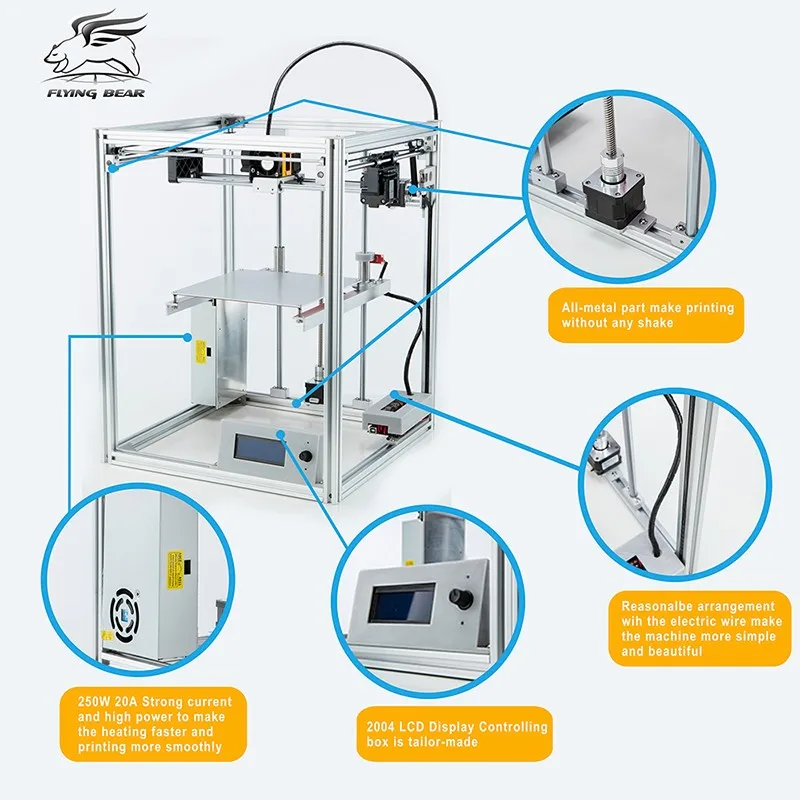
The panels are shaped like inverted pyramids (photo credits: Stanford)
The Way The Device WorksConventional solar panels only work best under the right circumstances. The sunlight, which, as you know, is this technology’s source of energy, has to be set in the exact direction where the light can hit the panel’s flat surface directly. Because the direction of the light changes during the day, many solar arrays actively rotate towards the sun in order to catch as much light as possible. With the newly introduced device, however, this lengthy and circumstantial procedure may soon be redundant. The new and innovative panel is able to capture and concentrate sunlight coming from any angle due to its special structure, which is shaped like a tipless inverted pyramid. The material, which is a combination of glass and polymers, enables the lens to concentrate the solar power from different angles in one spot, similar to when you burn grass with a magnifying glass.
Nina Vaidya explains, “We wanted to create something that takes in light and concentrates it at the same position, even as the source changes direction. We don’t want to have to keep moving our detector or solar cell or moving the system to face the source. It’s a completely passive system – it doesn’t need energy to track the source or have any moving parts. Without optical focus that moves positions or need for tracking systems, concentrating light becomes much simpler.”
We don’t want to have to keep moving our detector or solar cell or moving the system to face the source. It’s a completely passive system – it doesn’t need energy to track the source or have any moving parts. Without optical focus that moves positions or need for tracking systems, concentrating light becomes much simpler.”
Nina Vaidya at work (photo credits: Nina Vaidya)
Not much is known about the exact 3D printing technology that is used to create the panels. The way the panels are manufactured, however, is by layering together different glasses and polymers that bend light to different degrees, that ultimately focus the light in one exact spot. After a long phase of trial and error and the production of many different prototypes, Nina Vaidya is now confident that her design will soon be successfully used in the solar industry and other areas. She concludes, “To be able to use these new materials, these new fabrication techniques, and this new AGILE concept to create better solar concentrators has been very rewarding. Abundant and affordable clean energy is a vital part of addressing the urgent climate and sustainability challenges, and we need to catalyze engineering solutions to make that a reality.” You can read more about it on Stanford University’s website HERE.
Abundant and affordable clean energy is a vital part of addressing the urgent climate and sustainability challenges, and we need to catalyze engineering solutions to make that a reality.” You can read more about it on Stanford University’s website HERE.
What do you think of the 3D-printed solar panels? Let us know in a comment below or on our LinkedIn, Facebook, and Twitter pages! Don’t forget to sign up for our free weekly Newsletter here, the latest 3D printing news straight to your inbox! You can also find all our videos on our YouTube channel.
*Cover Photo Credits: Standford University
Production of solar panels on a 3D printer
Implementation stories
Experts recommend
Energy
Author: Aleksey Chekhovich
Author: Aleksey Chekhovich
Why 3D printing is an effective solution for energy | Solar panels: 3D printing in renewable energy | Are such systems really profitable to print on a 3D printer? | Additive Manufacturing of Solar Cells: 5 Successful Projects | The Future of Solar 3D Printing
3D printing is increasingly used in the energy industry. The place of additive manufacturing in the renewable energy industry is of great interest. Take a look at the situation with climate change: today, obtaining energy from environmentally friendly sources is one of the most important tasks.
The place of additive manufacturing in the renewable energy industry is of great interest. Take a look at the situation with climate change: today, obtaining energy from environmentally friendly sources is one of the most important tasks.
Fossil fuels are rapidly declining, and so we see more and more electric vehicles, wind turbines and solar panels. However, most of them are far from perfect, and production is still costly. Fortunately, researchers are already working on 3D-printable solar cells to make the most of the sun, an inexhaustible source of energy.
Did you know that 3D printing is an excellent method for making solar cells? The researchers claim that additive manufacturing will help reduce the cost of manufacturing solar panels by 50%, and 3D-printed batteries are more efficient than solar panels made by traditional methods. This article talks about the effective use of 3D printing in the field of renewable energy, and more precisely, in solar energy.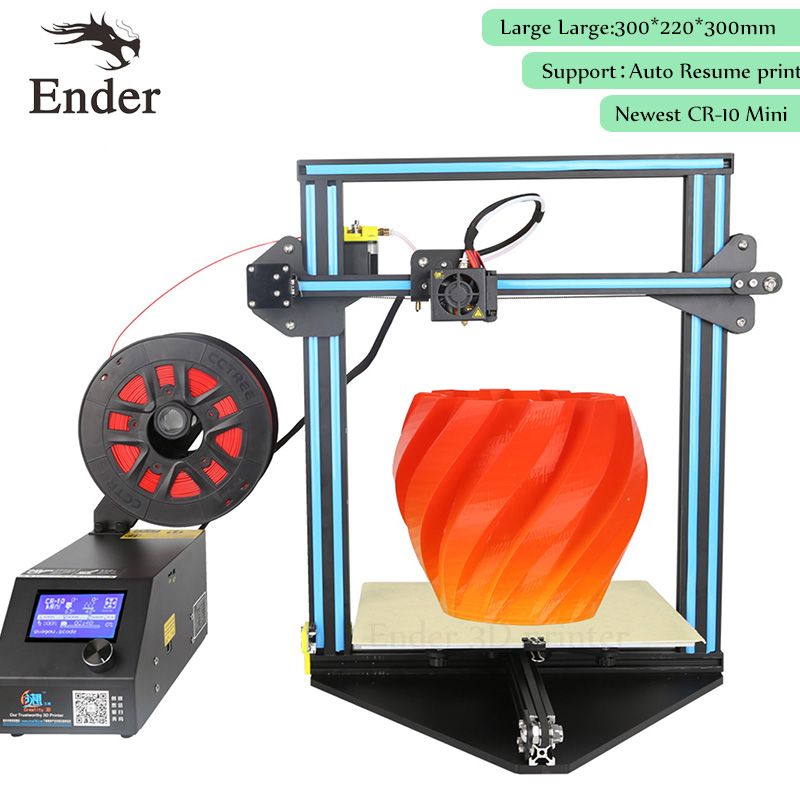 In addition, methods for 3D printing of photovoltaic cells for solar cells, as well as research on these methods, are considered here.
In addition, methods for 3D printing of photovoltaic cells for solar cells, as well as research on these methods, are considered here.
Why 3D printing is an efficient energy solution
Additive manufacturing is used in a variety of industries and can be extremely effective for making energy sources. Digital manufacturing is an excellent way to implement projects in the energy industry: the quality of products increases and production costs are reduced. Renewable energy producers face the challenge of reducing production costs. Let's find out why manufacturers of solar-powered systems or other green sources should look into 3D printing.
3D printing streamlines product development
A 3D printer is a great tool for prototyping, increasing productivity and cutting costs. Using 3D modeling software, models can be modified until the ideal design is obtained. You can perform as many iterations as needed before fabricating systems and parts.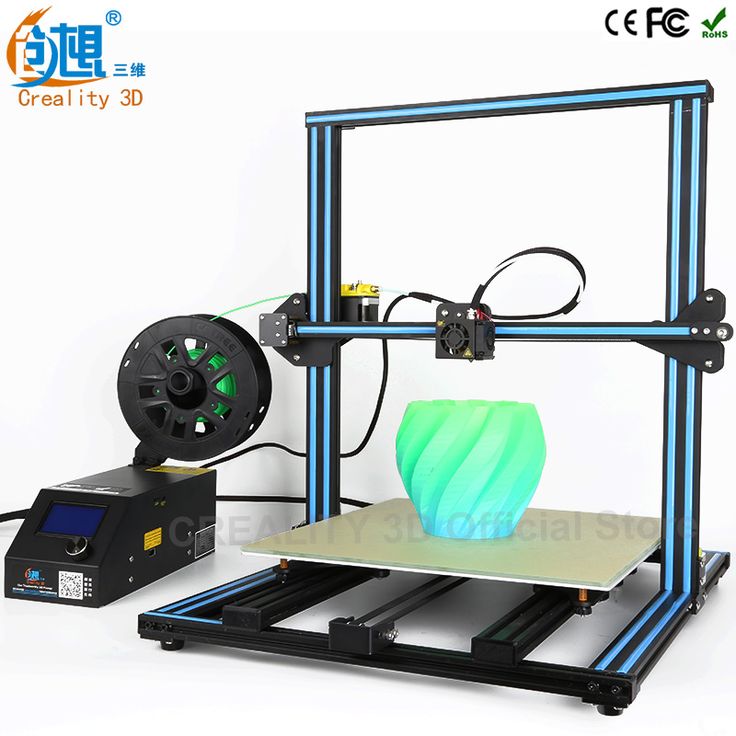 With the speed and precision of 3D printing, rapid prototyping is also simplified.
With the speed and precision of 3D printing, rapid prototyping is also simplified.
Significant cost reduction
Trying to cut down on prototyping and manufacturing costs? Take a look at 3D printing. It uses only the required amount of material and is cheaper to iterate on a 3D printer than injection molding because you don't have to make a new mold and repeat the whole process.
3D printers improve production efficiency
Digital technologies are suitable not only for prototyping, but also for production. These methods have many advantages: for example, 3D printers can produce small batches of parts very quickly. In addition, using additive manufacturing, you can fully control the process and order only the required number of parts. These features make additive technologies the best solution for the implementation of the entire project or the manufacture of individual parts.
Photo: www.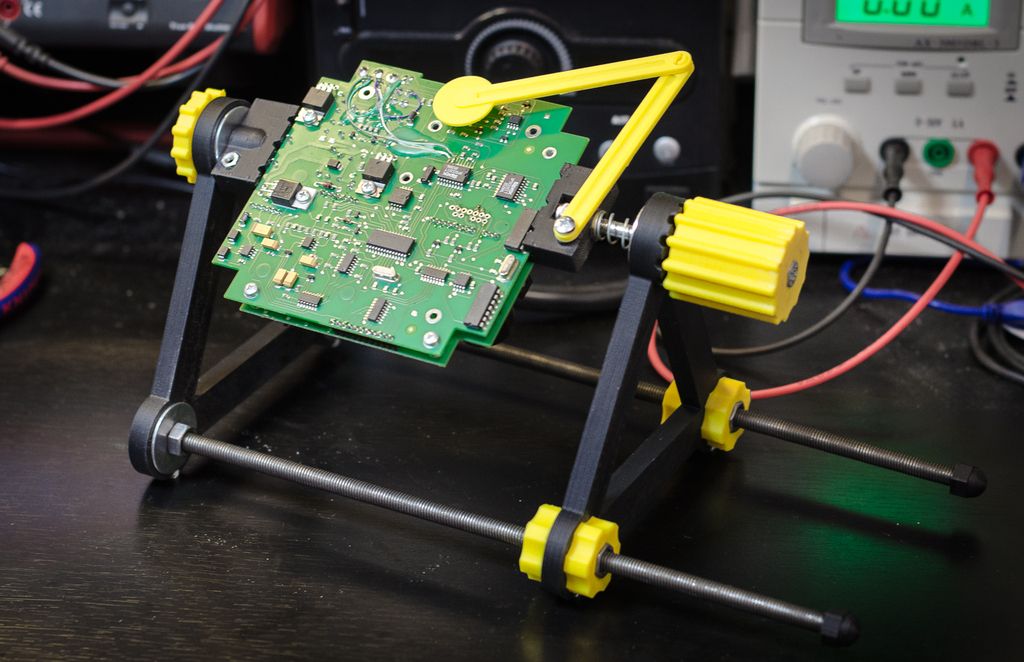 csiro.au
csiro.au
Additive technologies - an excellent tool for scientific research
Later in the article, we will talk about why 3D printing is suitable for testing your ideas and working with new materials. Researchers continue to find new uses for 3D printing, such as the production of clean energy devices such as solar panels.
Solar Panels: 3D Printing for Renewable Energy
What are solar panels?
These are blocks that convert solar energy into heat or electricity. They are made of photovoltaic cells in which a number of physical and chemical phenomena take place. Typically, photovoltaic cells are made from crystalline silicon, but new materials are being actively developed (a recent example is thin-film solar cell technology). The quality and efficiency of solar panels manufactured by traditional methods leave much to be desired. That is why additive technology scientists are experimenting with the goal of creating high-quality solar panels on 3D printers.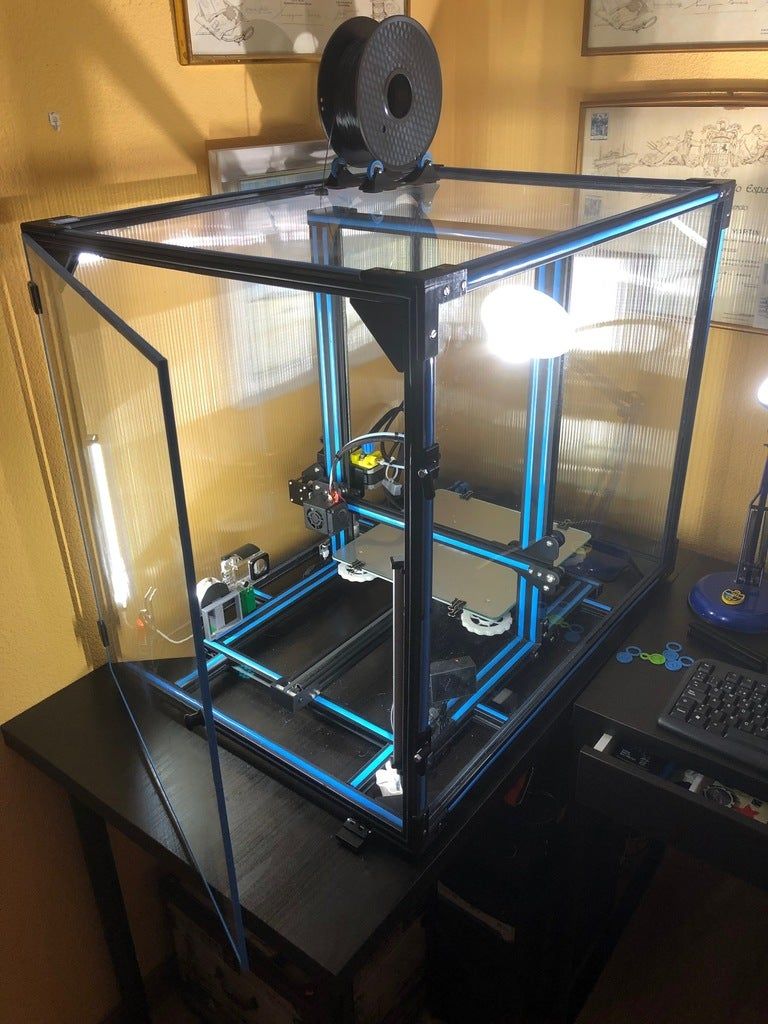
Additive manufacturing could help cut solar panel production costs by 50%
3D printing is the best solution for making solar cells
One of the main challenges in the development and production of renewable energy sources is high costs. For this reason, such sources are not available to everyone. We have seen how 3D printing is suitable for new projects, and the production of solar panels is a great example.
First of all, a lot of research and development is required to produce high quality efficient solar panels. Previously, photovoltaic cells were made from expensive materials. When developing new solar cells and using materials with new technical properties, it is necessary to conduct many tests and make many prototypes. Projects like this need to be carefully thought out and showcased to the team, investors, and prospective clients require high quality models. This is where 3D printing comes in, as it will allow you to create high-quality prototypes. In addition, you can carry out as many iterations as you need. Additive technologies are also suitable for manufacturing, but you will need to find 3D printers that can print from these materials. For example, solar panels are made from a material that absorbs sunlight.
In addition, you can carry out as many iterations as you need. Additive technologies are also suitable for manufacturing, but you will need to find 3D printers that can print from these materials. For example, solar panels are made from a material that absorbs sunlight.
In theory, 3D printing is suitable for making greener energy sources at a lower cost. But is it so in practice?
Is it really profitable to print such systems on a 3D printer?
Using printed solar cells reduces costs by 50%
MIT researchers claim that additive manufacturing of solar panels can help cut costs by 50%. Such facilities do not require expensive materials (for example, glass, polycrystalline silicon, and indium). Obviously, the implementation of such projects is possible thanks to the printing of new materials on a 3D printer. For example, not so long ago it became known that the production of photovoltaic cells from synthetic perovskite is cheaper.
Project model ASTRI and CSIRO (Australia) / Photo: blog.csiro.au
Such systems can be implemented in developing countries
Solar panels can be 3D printed and are cheaper than glass panels made with traditional methods. Printed solar panels are lighter because they are made from ultra-thin strips. The transportation of such batteries is less of a problem. This technology is becoming more accessible, which means that renewable energy sources can be introduced almost everywhere and transported even to developing countries where there are problems with electricity supply.
3D printed solar cells are 20% more efficient
Solar panels made on a 3D printer are 20% more efficient than batteries created using traditional methods. This is due to the emergence of new methods, materials and design possibilities that have become possible thanks to 3D printing. Solar energy needed innovation, and most importantly, cost reduction. It looks like 3D printing will revolutionize the industry.
It looks like 3D printing will revolutionize the industry.
Solar Additive Manufacturing: 5 Successful Projects
A new technology for 3D printing of photovoltaic cells already exists, and it can fundamentally change the renewable energy industry. Below are examples of how companies are using 3D printing to produce solar cells and how researchers are developing the best options for producing high-quality photovoltaic cells.
In the Australian organization CSIRO (Commonwealth Scientific and Industrial Research Organization), rolls of photovoltaic cells are made on industrial 3D printers. The researchers produce sheets of A3 photovoltaic cells that are suitable for all surfaces (such as windows and buildings). Batteries made from such elements are functional and efficient.
To date, these are the largest photovoltaic cells. They are made of flexible lightweight plastic. Researchers have developed an ink with photoelectric properties that is applied to a strip of flexible plastic. The production process includes coating the strips with an engraved cylinder, applying the material using a slotted die, as well as squeegee printing. The use of additive technology helped to produce a high-precision system.
The production process includes coating the strips with an engraved cylinder, applying the material using a slotted die, as well as squeegee printing. The use of additive technology helped to produce a high-precision system.
Solar panel field: ASTRI and CSIRO project (Australia) / Photo: www.csiro.au
Australian specialists use solar energy as efficiently as possible, but they print not only photovoltaic cells. For example, they can print an entire field of solar panels, because Australia has the highest solar radiation density in the world.
This project is implemented by the Australian Solar Energy Research Program (ASTRI) and its lead partner, CSIRO. The device collects concentrated solar radiation in the form of thermal energy. Heliostats literally fill the whole field, concentrating the radiation of the Sun 50-1000 times its normal power. The converted solar energy is stored in the receiver tower.
Some customers of the French company Sculpteo work with solar energy and use 3D printing. For example, Simusolar, founded in 2014, is building solar power plants in rural Tanzania, designing and implementing compact, sustainable solutions that help people in their daily lives. The company's customers are farmers, fishermen and villagers who need equipment powered by solar electricity. Simusolar uses 3D printing because there is a need for many custom parts.
For example, Simusolar, founded in 2014, is building solar power plants in rural Tanzania, designing and implementing compact, sustainable solutions that help people in their daily lives. The company's customers are farmers, fishermen and villagers who need equipment powered by solar electricity. Simusolar uses 3D printing because there is a need for many custom parts.
Kyung-In Synthetic's goal is to bring solar power to remote areas. To do this, it was decided to print solar panels. As part of the project, renewable energy sources have become available to more than one million people. The 3D-printed solar panels are made from perovskite, a mineral that contains calcium titanate. The properties of photovoltaic cells made from perovskite are improving every year, which means that systems made of such cells can work without reducing efficiency for several years. This technology has a great future.
3D printed solar panels at Sandia National Laboratories / Photo: 3dprint.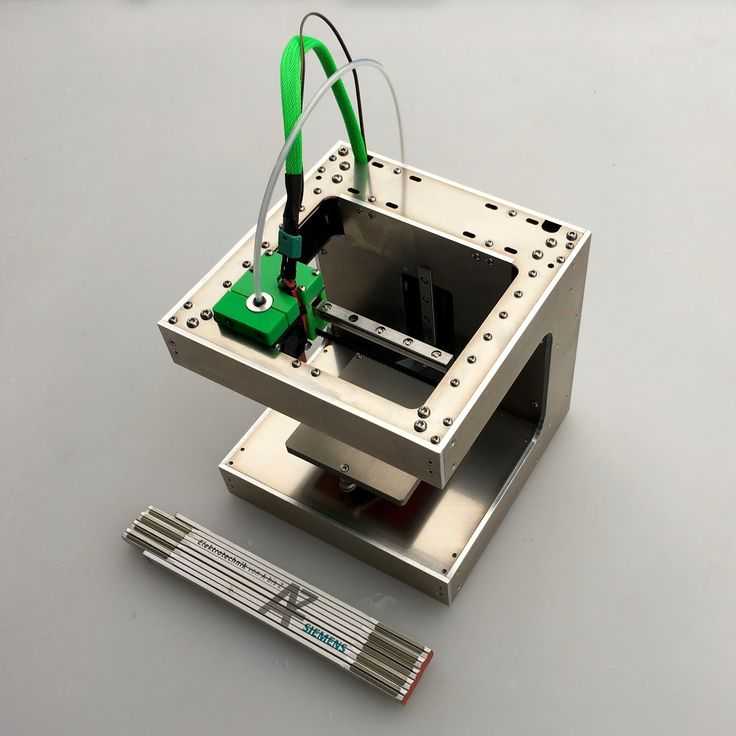 com
com
Engineers at Sandia National Laboratories (New Mexico, USA) have been working on solar receivers and have proven that they are 20% more efficient than solar panels made by traditional methods. The batteries have been reconfigured to absorb more sunlight. Thanks to their special design, they can absorb light at different scales.
Additive manufacturing allows engineers to create solar installations with complex geometries and greatly simplifies the design process. Researchers have created louver-type panels that absorb more light. This system works without energy loss. The light first hits the receiver and then is absorbed.
Of course, for the manufacture of such systems it is necessary to develop new materials and technologies. And if you think manufacturing solar cells is a complicated process, these examples show how 3D printing makes it easy.
The Future of Solar 3D Printing
3D printing in this area can quickly become one of the key technologies.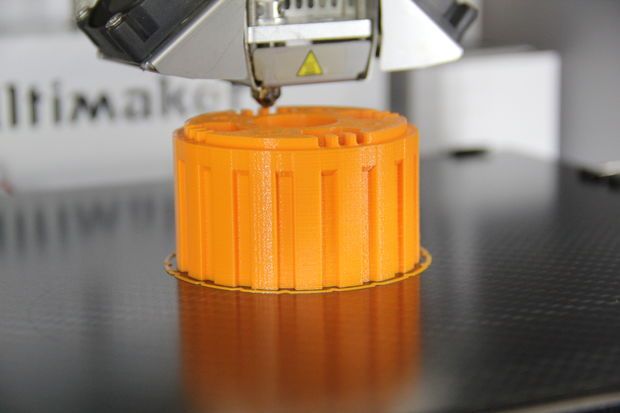 For example, it makes mass customization of parts and systems possible. People will be able to order solar panels of the desired shapes and sizes, made on a 3D printer according to individual requirements.
For example, it makes mass customization of parts and systems possible. People will be able to order solar panels of the desired shapes and sizes, made on a 3D printer according to individual requirements.
The development of a new material for 3D printing could greatly change the solar energy industry. What's more, low-cost, high-efficiency cells will be suitable for solar-powered devices, and perhaps electricity will become available all over the world, even in the most remote areas.
Energy and 3D printing are becoming excellent partners. It is likely that in the future they will help develop many environmentally friendly systems, the use of which will help fight climate change.
Author: Lucy Gage. Translation from English. Original material on the site Sculpteo
Screensaver photo: Littlegate Publishing
Article published on 11/05/2019, updated on 04/18/2022
3D printed solar cells are cheaper and easier to manufacture
Do you remember the solar panels that Professor Paul Dastor of New Castle University and his team made with a 3D printer?
3D printing is an important asset for the energy industry. Four years ago, Dastur and his team invented light, ultra-flexible, recyclable and low-cost solar panels.
Four years ago, Dastur and his team invented light, ultra-flexible, recyclable and low-cost solar panels.
Newcastle University was one of only three places in the world to test printed solar cells that use electronic ink to conduct electricity.
Solar panels on the street
Firstly, some of these solar panels were installed in the city to increase their visibility and public awareness.
“There were so few such installations around the world that we know very little about how they work in public places. This setup is an important next step in accelerating the development and commercialization of this technology,” Professor Dastuor said in a 2018 edition.
Scientists planned to make significant progress in the commercial availability of material for 3D printed solar panels.
What were the benefits?
As 2019 rolled around, the project began to take on a “real” shape.
With industrial equipment capable of producing miles of material every day, printing solar power was fast and inexpensive, and the production cost was less than $10 per square meter.
“No other renewable energy technology can be produced so quickly,” said Professor Dastoor.
Since more than 99 percent of the panels are made from PET, a recyclable material that gives it a distinct advantage over traditional silicone panels.
"This is the first commercial use of printed solar cells in Australia, and most likely the world," said Dastuor. “This is a historic step in the development of this technology and yet another example of private enterprise and the community leading the way in renewable energy adoption.”
What does the future hold for us?
Professor Paul Dastur stated that it will soon be possible to develop a printable solar technology that will fit on almost any surface to power city lights, roadside water pumps, emergency shelters, caravans and camping equipment, and be mounted on anything from smart blinds for residential buildings to floating roofs.




